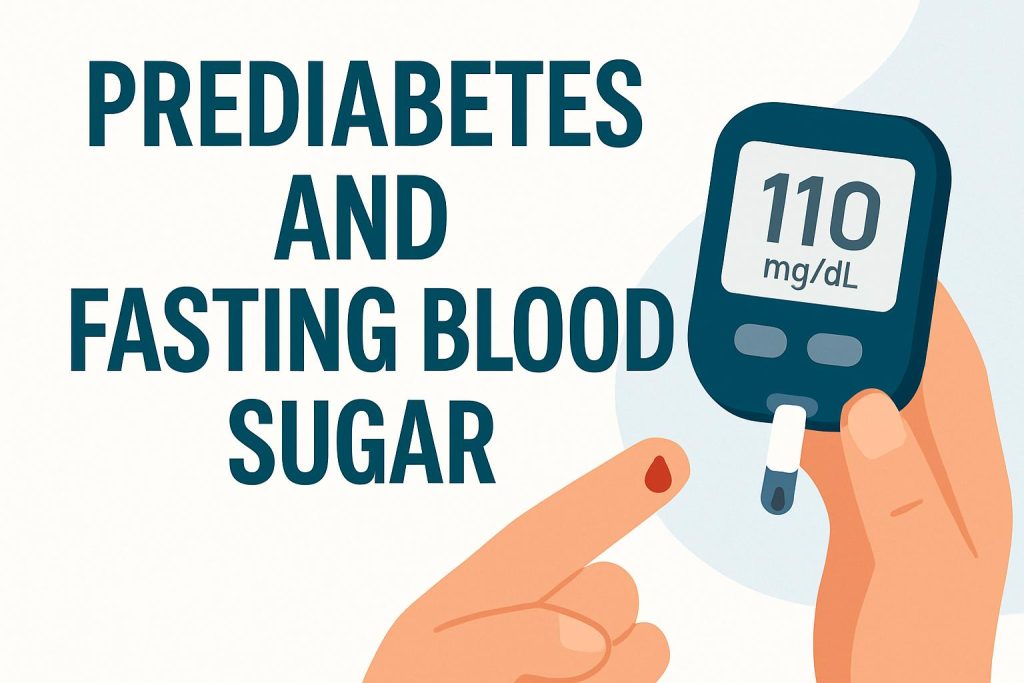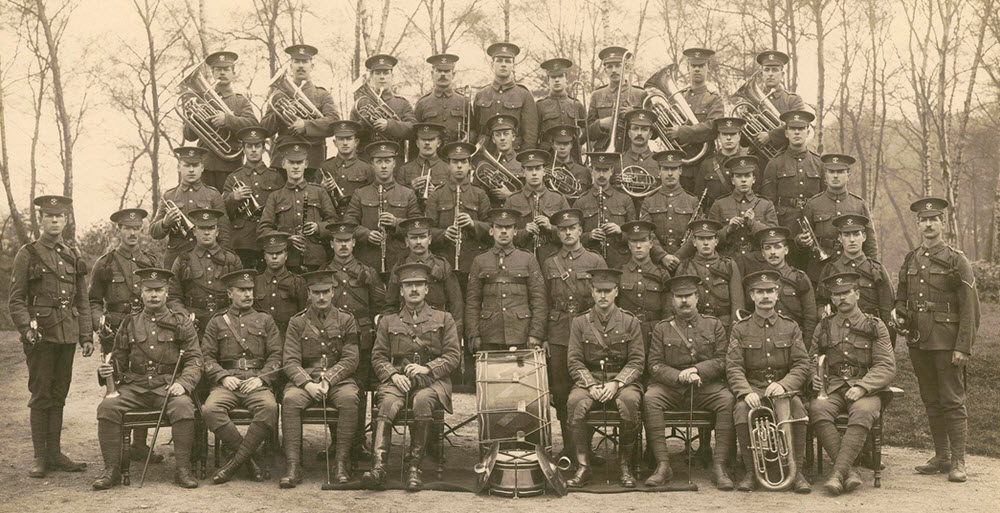The Historical Significance of Rochester Castle
Rochester Castle, located in Kent, England, stands as one of the most well-preserved and historically significant medieval castles in the United Kingdom. Its strategic position on the banks of the River Medway rendered it a crucial military site, especially during the conflicts that swept through England in the medieval period. This prominence is evidenced not only by its architecture but also by the dramatic events that transpired within and around its walls, offering insight into the past struggles that partially shaped England’s medieval history.
Architectural Features
Constructed initially on the orders of Gundulf, the Bishop of Rochester, in the late 11th century, the castle boasts classic Norman architectural features. The central keep, standing at 113 feet, is among the tallest in England and is a superb example of medieval military architecture. The robust structure was designed to withstand siege warfare, characteristic of its era, and served as both a defensive stronghold and a symbol of Norman power. The keep’s survival through the centuries is a testament to the skill and foresight of its builders, reflecting advanced techniques in construction and defense strategies of the time.
Inside, the castle’s layout would have included various halls and rooms used for administrative purposes, living quarters, and storage, essential to accommodate the garrison and sustain long periods of defense. The use of thick stone walls, narrow windows for archers, and high vantage points contributed to its formidable defenses. This design ensured a clear view of any approaching armies and facilitated effective defense maneuvers, a crucial feature for a castle of its standing.
The First Siege: King John’s Campaign
One of the most notable sieges took place in 1215 during the reign of King John. This particular siege was a direct result of rising tensions leading to the First Barons’ War. Rebel barons, opposed to King John’s rule due to grievances over his heavy taxation and military failures, took control of Rochester Castle as part of their defensive strategy against the king’s forces. This strategic choice underscores the castle’s significance as a defensive bastion during a tumultuous period in English history.
Detailed accounts suggest the siege lasted over two months, indicating the castle’s significant defensive capabilities. During the siege, King John’s forces attempted various strategies to breach the castle defenses, including undermining the southern wall. Historical records reveal that they used pig fat to set fire to the mine supports, successfully collapsing part of the keep wall. This tactic was a quintessential example of medieval siege warfare, combining cunning and brute force to overcome the castle’s impressive defenses. Despite this breach, the defenders held out for an extended period before surrendering due to starvation, demonstrating both their resilience and the effectiveness of the castle’s design under sustained attack.
The Second Barons’ War: Another Siege
Decades later, the castle faced another major siege during the Second Barons’ War. In 1264, Simon de Montfort, leading the rebel forces against King Henry III, besieged Rochester. However, this siege was notably shorter and less successful than the previous one. Despite the strong opposition, the royalist defenders maintained control of the castle. This event further emphasizes Rochester Castle’s formidable defenses and strategic importance, showcasing its role as a critical asset in the power struggles of medieval England.
The sieges of Rochester Castle highlight the prevailing military strategies of the time and reflect the broader power dynamics between the monarchy and the nobility. The castle’s repeated use as a focal point in these conflicts underscores its symbolic as well as strategic value, standing as a testament to the turbulent nature of feudal England.
Post-Siege Developments
After the tumultuous periods of the 13th century, Rochester Castle underwent various modifications and repairs. These efforts to rebuild and reinforce the structure highlight its ongoing strategic importance throughout English medieval history. The castle’s preservation and maintenance over the centuries reflect an enduring recognition of its historical significance and its role in the broader context of English military architecture.
Today, the well-preserved ruins offer visitors a glimpse into the formidable nature of medieval fortifications. The castle’s architecture continues to be studied for its design and construction, offering insights into the methods and materials used by Norman builders. Its preservation allows historians and visitors alike to connect with a tangible piece of the past, bridging the gap between the present and the times of knights and kings.
Visiting Rochester Castle Today
Rochester Castle remains a popular heritage site, drawing visitors interested in exploring its rich history and architecture. Managed by English Heritage, the site offers educational tours and exhibits that provide insights into the life and times of the medieval era. These initiatives aim to educate visitors about the social, political, and military aspects of the period, enhancing the historical appreciation of the site.
For more detailed visitor information, including opening hours and special events, consider visiting the official English Heritage site. By engaging with the castle’s history, visitors gain a better understanding of its role in England’s past and its influence on the region’s cultural heritage.
The legacy of Rochester Castle is not merely in its stone walls but also in the stories of conflict and resilience that shaped its history. Its presence on the landscape serves as a permanent reminder of the medieval period, inviting reflection on the complexities of history and the human experiences that defined it.



